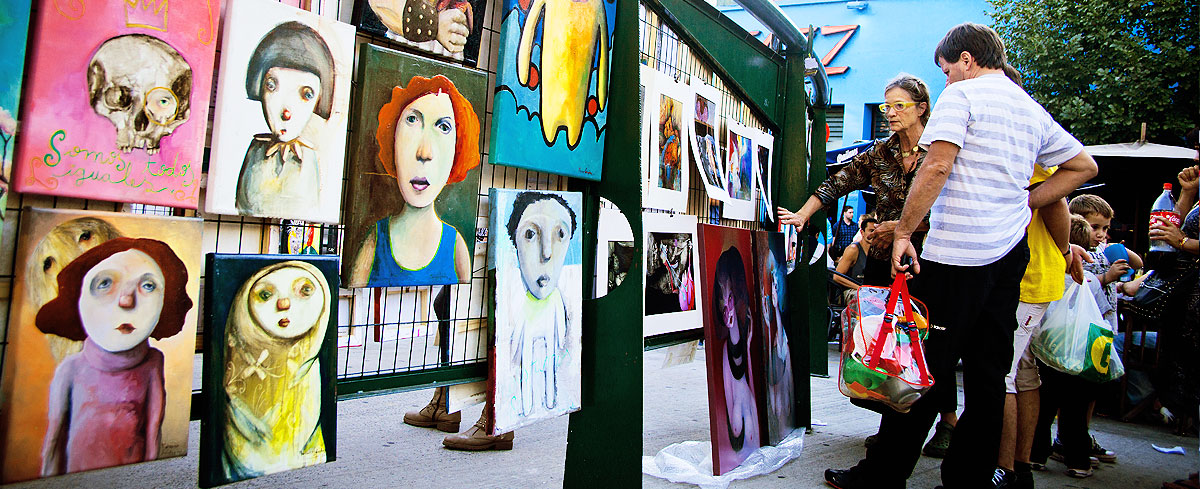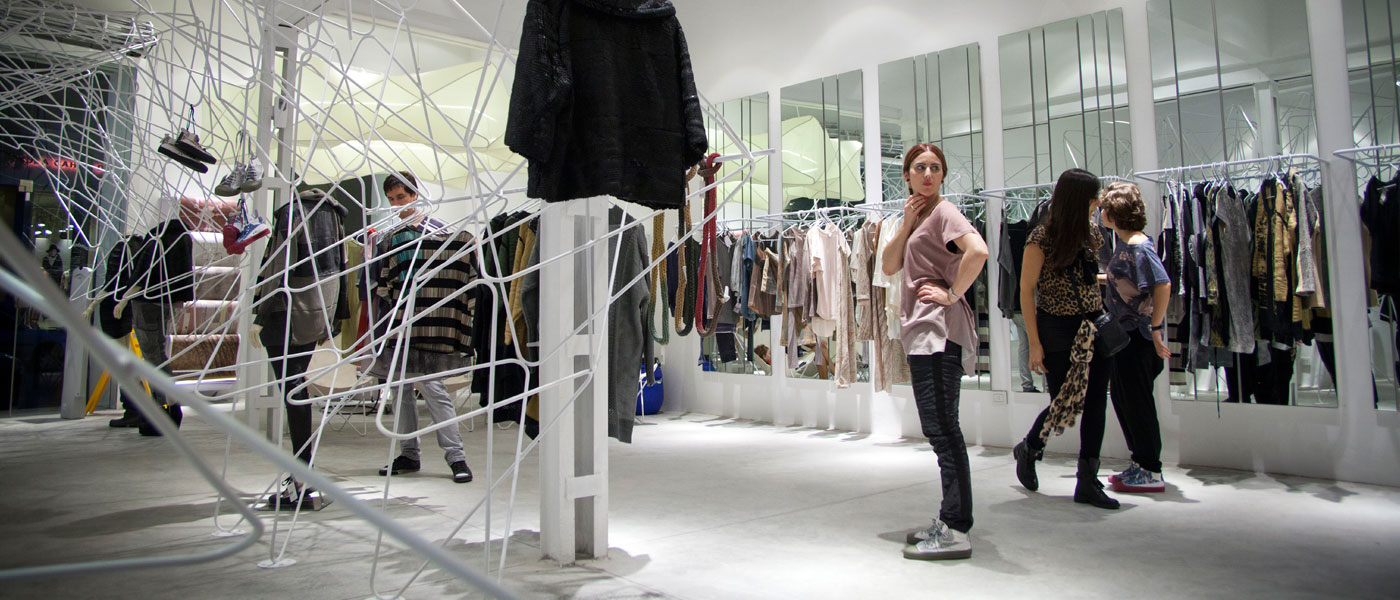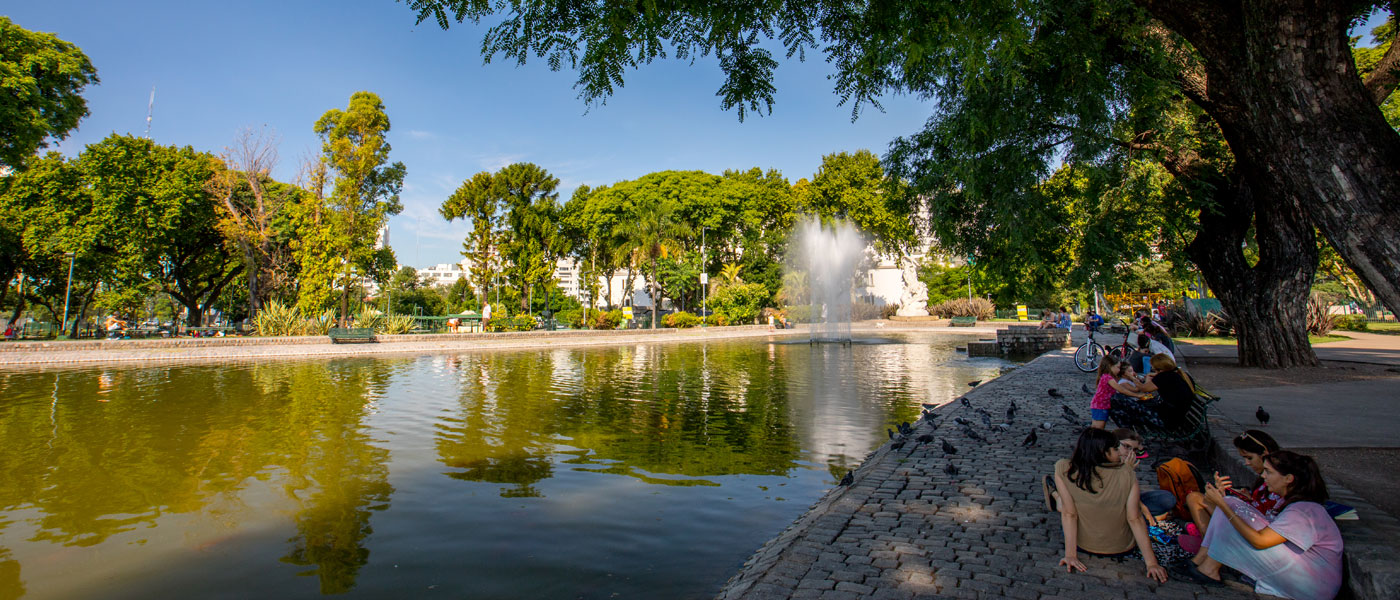Palermo, the largest neighborhood in Buenos Aires, throughout the years has received many non-official names due to the various offers of each zone. Although the porteño creativity is marked on the different labels, of course, not all of them are accepted by the general public. The rich touristic offer of the “Palermos” has options for all tastes. On that note, get to know a little about it and don’t miss all of the things you can do on each of them.
From Palermo Viejo to Soho and Hollywood
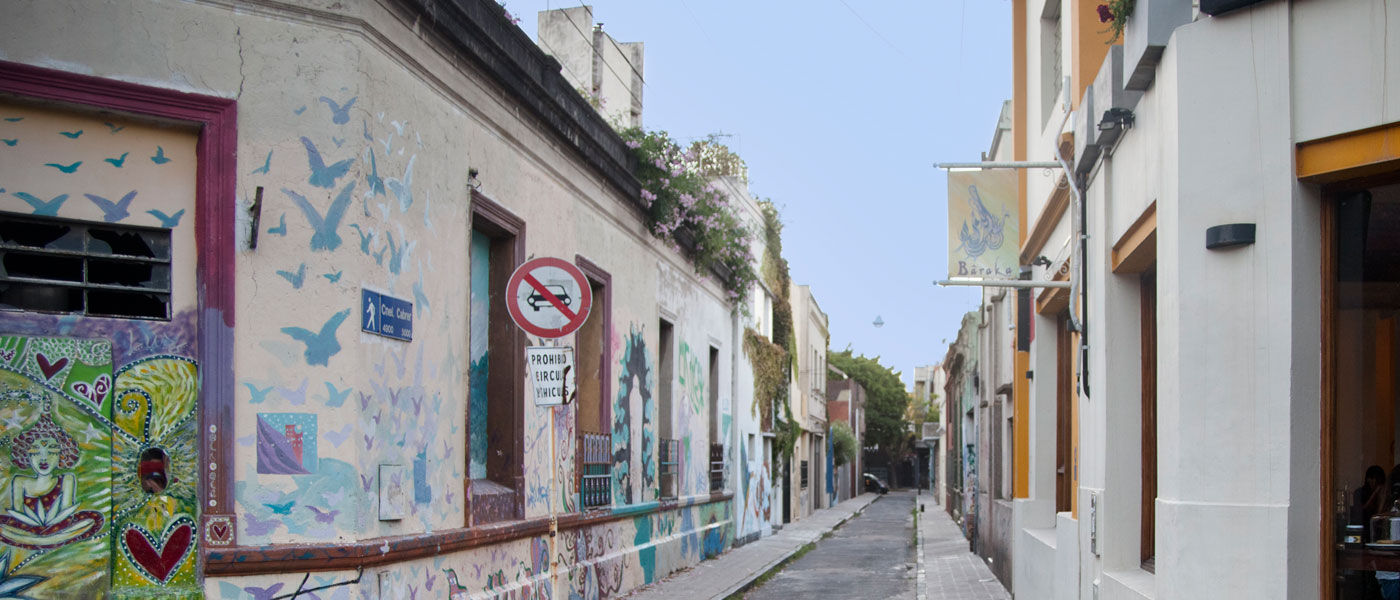
Palermo Viejo is probably the most hyped part of this neighborhood, especially since there are two different zones that get mixed up as you walk around its streets. On one side there is Soho, full of independent designers’ stores, art galleries and bookstore, just like the same neighborhood of the North American Big Apple. On the other end, there is Hollywood with television and film makers and producers, hence the reference to the Los Angeles district. What both of them have in common is its enormous gastronomical offer. The Soho porteño is also known as Hot or Medio, while the Hollywood was already called Bagdad by the Argentinean singer, Charly García.
Due to a lot of innovation, what is viejo (old) about this part? The historical low houses show Buenos Aires’ characteristics that are still vivid and blend with the streets eclecticism. Palermo Soho is marked with plenty of urban street art, in which are explored in an exclusive guided tour. The epicenter of the food and night scene is at Plaza Cortázar (former Plaza Serrano), but going for a stroll on the streets around is also a good idea, especially with its fashion stores and windows that show the various designers’ creativity. On the other hand, many young chefs have chosen to settle and open up their own unique restaurants and bars at Palermo Hollywood. If you choose to visit it on the weekend, don’t miss out the crafts fairs!
The refinement of Palermo Botánico, Chico and Alto Palermo
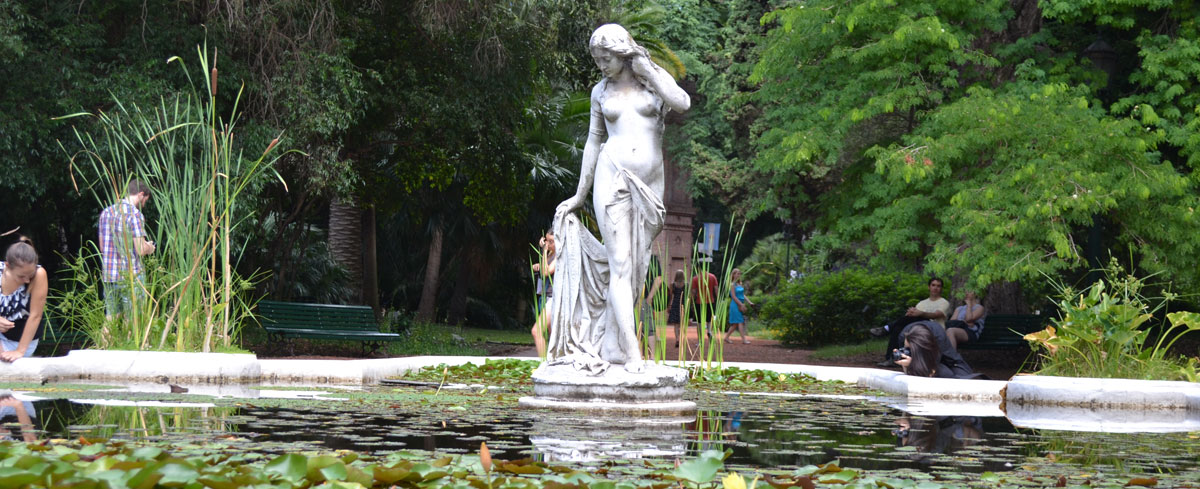
What Palermo Botánico, Chico and Alto Palermo have in common is its sophistication. The first, as the name hints is located around the Botanical Garden and it is distinguished due to this oasis in the middle of the neighborhood. Palermo Chico has a similar history as this green space since it was another one of Charles Thays’ 1912 creations with its own characteristics, wooded streets and fancy buildings. Nevertheless, this area is not only to feel like you are in another century, but has many activities such as museums, art galleries, monuments and open air spaces. The latter, Alto Palermo is a region full of high end stores around Av. Santa Fe and the mall with the same name.
As you walk around the streets of Palermo Chico, you can’t miss the MALBA Museum of Latin American Art with the most important collections on the continent; the Museo de Arte Popular José Hernández that shows the Argentinean Creole tradition; and the National Museum of Decorative Art and its renowned sculptural art. Take a chance to discover these “Palermos” that mix nature, culture and history.
The fusion of Las Cañitas, Palermo Pacífico and Palermo Nuevo

The Las Cañitas, Palermo Pacífico and Palermo Nuevo zones blend within its streets and have an easygoing activity during the day and an active nightlife. To begin, the first area has a rich history since it was a farm with the same name. This region was also known as “La Imprenta”, due to the old graphic store near the neighborhood’s racecourse. Today, this zone has many shopping and sporting leisure activities related to polo and golf. However, there are many bars and restaurants at night with different cuisines.
On the other hand, the region called Palermo Pacífico stands out due to a bridge with the same name and that connects the different regions. Finally, Palermo Nuevo (New) is located besides the Palermo Woods and as the name indicates, it has new and luxurious ventures, designers’ jeweler stores and delicatessens. Don’t miss the bars and restaurants with its various food offers that these mixed up regions have!
Curiosities on the Palermo names
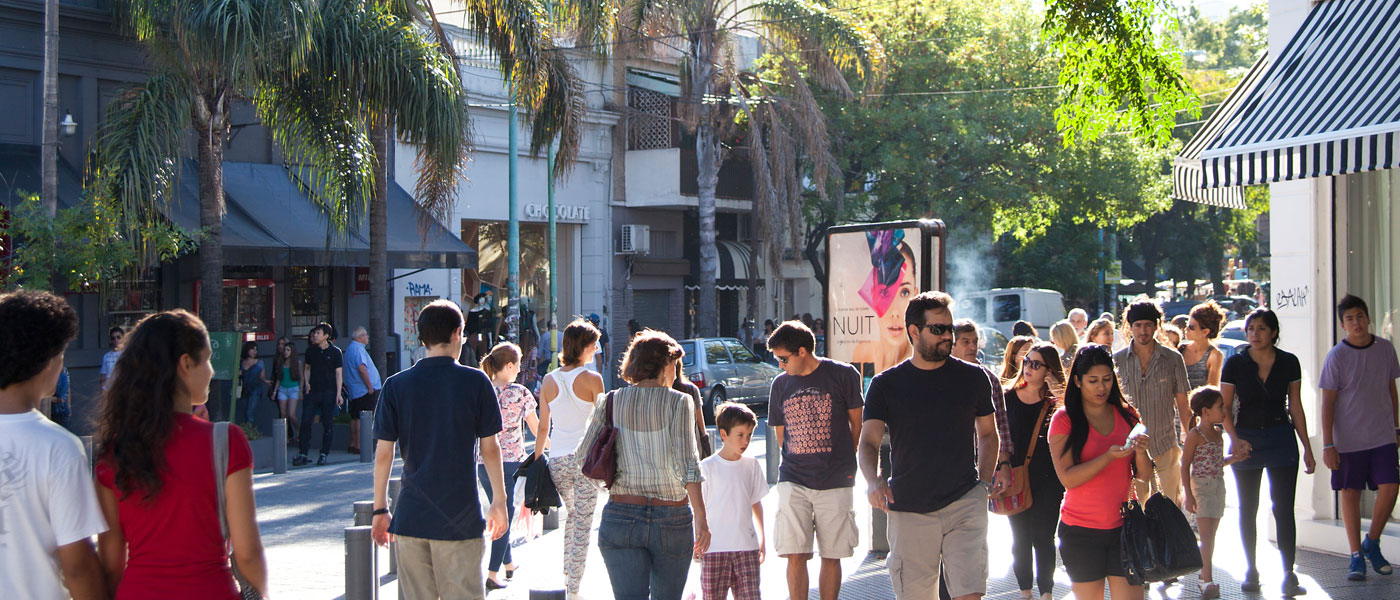
Although we mentioned the main zones around Palermo, the divisions and names don’t stop there. To begin, the region known as Palermo Vivo is where Casa Joven (Youngsters House) is, inside the Rose Garden and near the Japanese Garden. Did you also know that there is a Palermo Sensible or Villa Freud zone? It is where a lot of psychology and psychiatric clinics have settled for many years. Nearby, there is also Palermo Sentimental, an old store that wanted to stand out with this particular name.
Due to real estate reasons they wanted to expand Palermo even more, more specifically to two neighborhoods that completely rejected the “palermization”. The first would be a part of Villa Crespo that would be called Palermo Queens, because it is on the other side of Córdoba Avenue and has many outlet stores. The other region is in Chacarita that would get the name Palermo Dead or Chacalermo since it is near the namesake cemetery. As if Palermo wasn’t big enough. All the same, we are sure that the porteño creativity relating to Palermo will continue throughout the years, so if you hear another new name, don’t be surprised.
We invite you to get know the traditional itinerary of Palermo and the emblematic neighborhoods around Buenos Aires!
